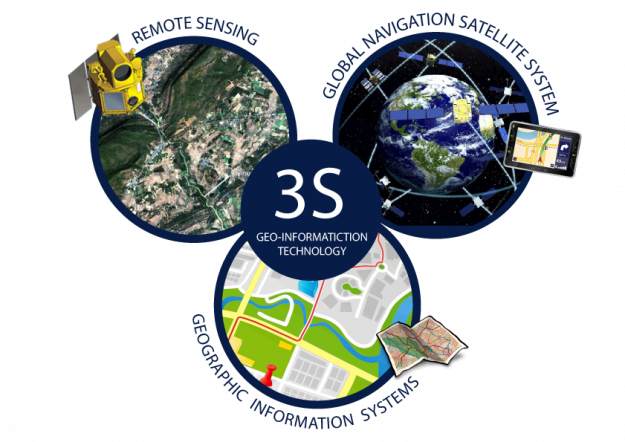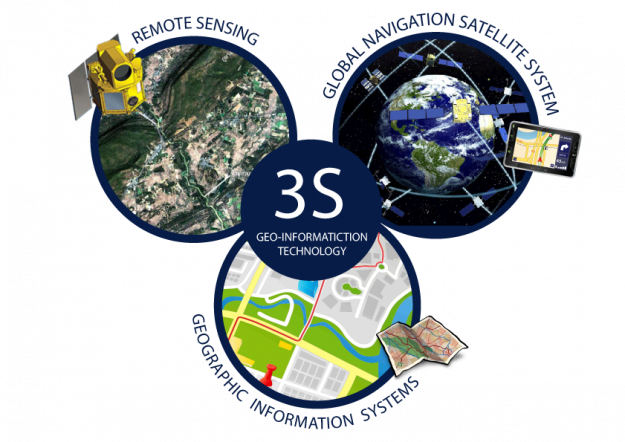The previous part described about Vegetation Phenology graph evaluation. The initial process is Interpolation and calculation of Vegetation Index in Smooth format. As for part 6, it explains the second step. Curve fitting process will be used to evaluation graph for the purpose of reducing Vegetation Index graph complexity and can be used in enquiring the period of automatic cultivation. Picture 1 is showing example of Vegetation Index graph and Curve fitting which could be estimate by using Fourier series. Refer to the initial research, the result in enquiring and finding period of cultivation will have high effectiveness when estimated with Fourier series equation [1]. As for other format of equation, there is possibility which needs to conduct more research in the future.

Picture 1 Vegetation Phenology Graph in Smooth and Curve fitting format by using Fourier series level 8 (N=8). Fourier series equation is as follows.
สมการอนุกรมฟูเรียร์ ดังนี้

After obtaining Curve fitting which has been estimated by Fourier series, the next step would be specifying points, which are Local minimum points; “The Specific Minimum Point” of graph by using mathematical method. Each Local minimum point will be considered whether if they are in the suitable level or not (the one that has level of Vegetation Index higher than Threshold will be deleted; the value is more than 205 of maximum value which could be observe as “the point over dashed line level”). As showing in picture 2 is based on a hypothesis that period of rice cultivation graph will increase Vegetation Index from low level to highest level at growing period (plenty of green color) and will have lowest value during harvest period. Minor declining value from high level is considered as unfinished cultivation cycle; therefore, Local minimum points that have “Minimum level of Vegetation Index” will be used in separating Sub curves (Subgraph) as showing in picture 3. Graph used for consideration could be divided into 5 Sub curves.

Picture 2 Specifying Local minimum points “The Lowest Specific Point” of graph and selecting the suitable point

Picture 3 Using Local minimum points to divide Vegetation Phenology Graph into Sub curves

Picture 4 Calculating Area and Duration to enquire cultivation period
In picture 4, each Sub curve will be calculated for area and duration in order to separate Cultivation period. Area value and duration that is higher than Threshold will be considered as Sub curve which is cultivation period. In these examples are Sub curves 1 and 3 which considered as cultivation period (The considering images are the ones obtained from 2 cycle of off-season rice per year). As for other Sub curves, they are not considered as cultivation period, meaning that Sub curves 2 and 4 are the period that weed grows in rice plot. As for the 5th Sub curve is the cultivation cycle that is going to occur but could not be prospect because there are too little of area and duration. You can see that from Vegetation Phenology Graph we could utilize it in creating Algorithm in enquiring automatic cultivation period.
When it comes to cultivation period, finding the starting of growing season/ending of growing season date (SoS/EoS) of each cultivation cycle will explain about details in the next time. Moreover, it will show the initial result of finding SoS/EoS by using image from Field Server which has been installed at both and in-season and off-season rice plot. See you next time! *SoS/EoS stands for Start of growing Season/End of growing Season


